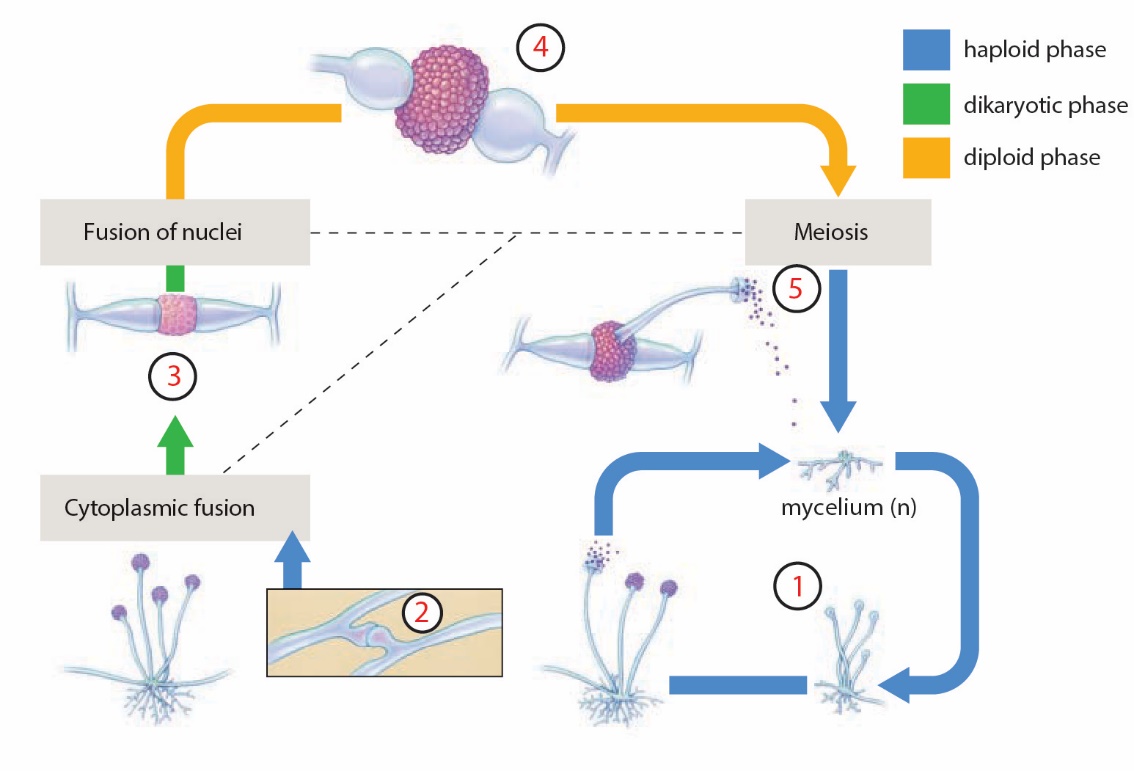Explain the translational attenuation mechanism
What will be an ideal response?
Answer: Attenuation is a mechanism that controls translation of DNA into mRNA. Once the mRNA transcript begins being synthesized, this leader region's capacity to base pair with itself and form a hairpin loop structure results in premature termination of the mRNA transcript. In the end, RNA polymerase cannot bind if there is a physical barrier on its binding site.
You might also like to view...
Which is a primary reason that females are at greater risk of a urinary tract infection than are males?
A. The urethra is shorter in women, therefore bacteria are closer in proximity to the bladder. B. The pH of women is lower due to a greater abundance of lactobacilli which can overcolonize the urethra and migrate to the bladder. C. Hormonal shifts in women can lead to overgrowth of genitourinary bacteria that eventually colonize the bladder. D. The urethra is longer in women, therefore more bacteria can colonize the pathway to the bladder.
In two dimensional gel electrophoresis, proteins are first treated with SDS, separated according to molecular mass, and then separated by their net charge at a specific pH
Indicate whether the statement is true or false
An organ is made up of
a. a single type of tissue. b. glandular tissue. c. 2 or more tissues working together to perform a specific task. d. muscle tissue that has differentiated from stem cells. e. none of these.

A. zygomycete B. ascomycete C. basidiomycete D. glomeromycete E. lichen